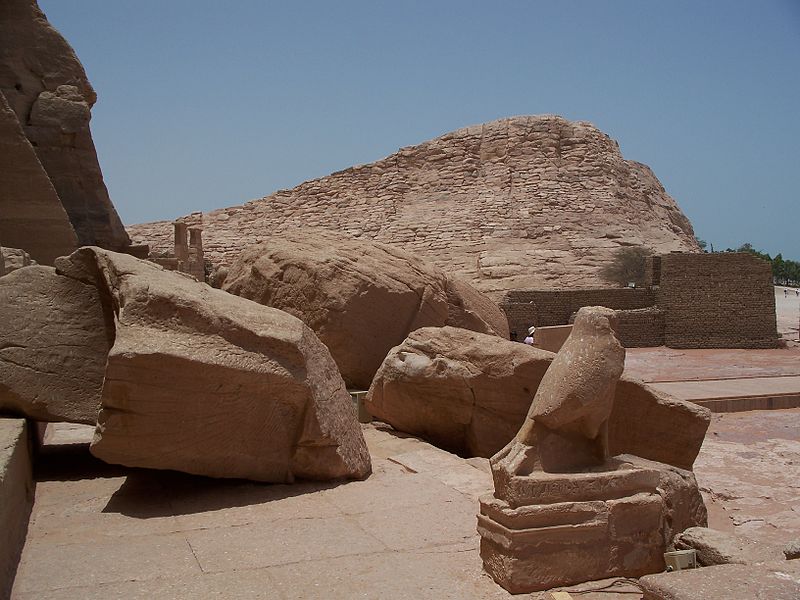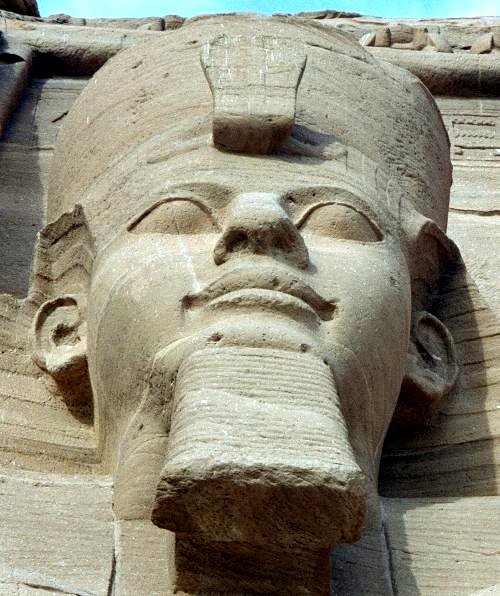


Abu Simbel Travel Guide
Facts and practical information
Abu Simbel is a remarkable archaeological site located in the Aswan region of Egypt. The site is home to two massive rock temples, carved into the mountainside during the 13th century BC. These temples were built by Pharaoh Ramesses II and are dedicated to the gods Amun, Ra-Horakhty, and Ptah, as well as to the deified version of the pharaoh himself.
The Great Temple of Abu Simbel is the most famous and impressive of the two temples. It features four colossal statues of Ramesses II seated on his throne, each measuring over 65 feet tall. The interior of the temple is adorned with intricate carvings and hieroglyphs, depicting scenes of the pharaoh's military victories and religious rituals.
The smaller temple, known as the Temple of Hathor and Nefertari, is dedicated to the goddess Hathor and Ramesses II's beloved wife, Queen Nefertari. The facade of this temple is flanked by statues of the pharaoh and the queen, and the interior is decorated with beautiful reliefs and paintings.
In addition to the temples themselves, the site of Abu Simbel also offers stunning views of Lake Nasser, the vast reservoir created by the construction of the Aswan High Dam. Visitors can marvel at the massive scale of the temples and the incredible feat of engineering that was required to relocate them to higher ground to prevent them from being submerged by the rising waters of Lake Nasser.
Aswan
Abu Simbel Attractions - What to See and Explore
Abu Simbel offers many attractions and places to visit. Here are the most important ones: Great Temple of Ramses II, Temple of Nefertari. Below you will find a complete list of places worth visiting.
Best Time To Visit Abu Simbel
Learn when is the best time to travel to Abu Simbel weather-wise and what to expect in each season.

